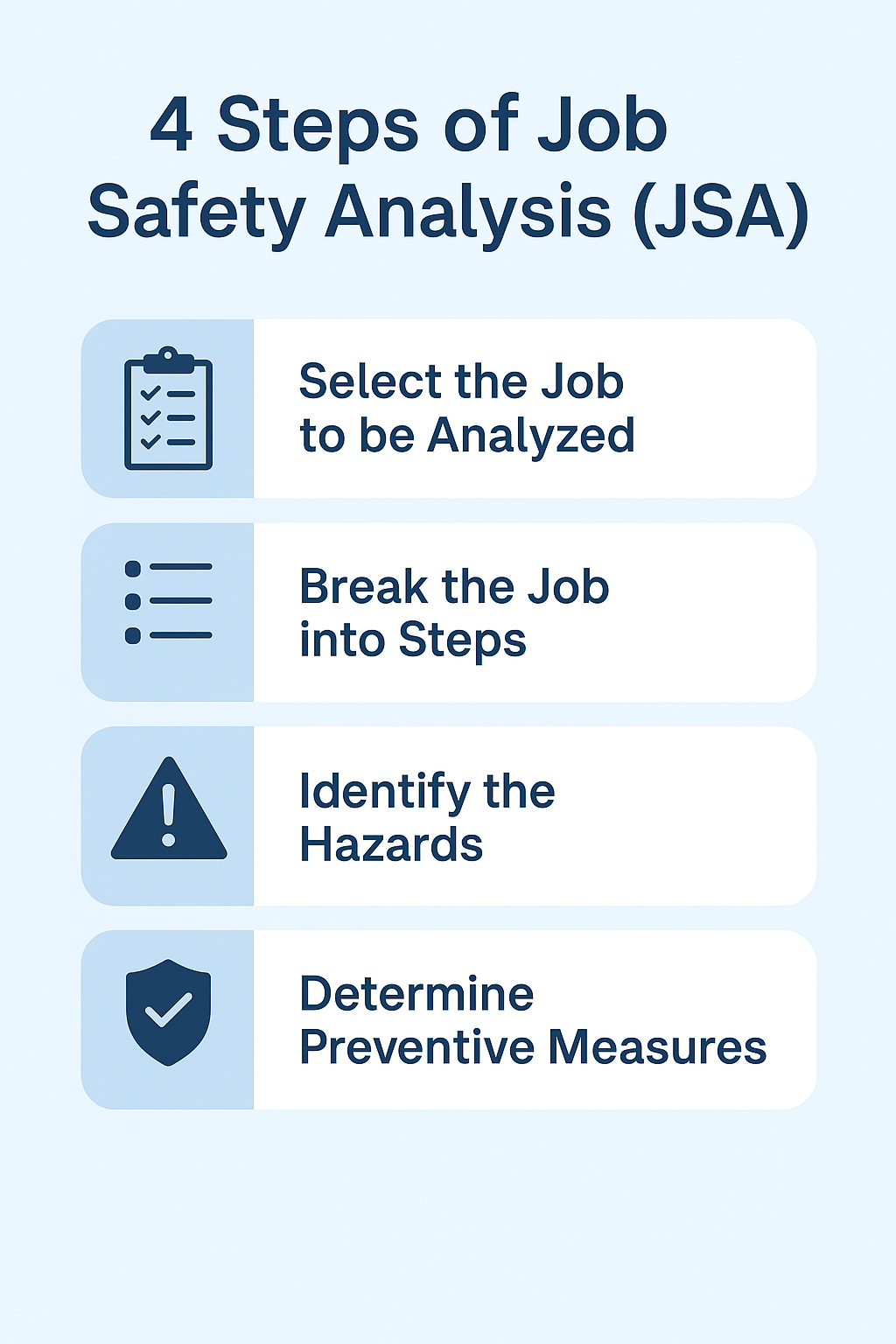
Risk Communication: Bridging Understanding and Action
In today’s interconnected world, effective communication about risks is pivotal. Whether it’s a health crisis, environmental hazard, or financial uncertainty, the way information about risks is conveyed can significantly impact how people perceive and respond to these situations.
Understanding Risk Communication
Risk communication involves the dissemination of information regarding potential risks, their magnitude, and ways to manage or mitigate them. Its essence lies in ensuring that the message is not just conveyed but also comprehended by the audience, prompting informed decisions and actions.
Importance of Effective Communication
The core of risk communication lies in its ability to bridge the gap between experts, authorities, and the general public. It’s not merely about transmitting data; it’s about building understanding and trust.
Key Elements of Effective Risk Communication
Clear Messaging
The foundation of effective risk communication is clarity. Messages should be concise, jargon-free, and easily understood by diverse audiences.
Audience Analysis and Segmentation
Understanding the target audience is crucial. Different groups might require tailored information delivered through suitable channels.
Challenges in Communicating Risks
Misinformation and Disinformation
In the digital age, combating false or misleading information is a significant challenge. Addressing these inaccuracies is vital for maintaining credibility.
Strategies for Effective Communication
Tailoring Messages
Customizing messages for various demographics ensures relevance and resonance. A one-size-fits-all approach rarely works in risk communication.
The Role of Technology
In today’s digital landscape, technology plays a pivotal role in disseminating information rapidly. Social media platforms can be harnessed for mass communication.
Success Stories in Risk Communication
Pandemic Response Strategies
During the recent global health crisis, effective communication strategies were pivotal in controlling the spread of misinformation and encouraging preventive measures.
Evaluating Communication Strategies
Measuring Effectiveness
Metrics such as audience engagement, response rates, and comprehension levels help assess the efficacy of communication strategies.
Risk communication refers to the process of sharing information about potential risks, hazards, or threats in a clear and understandable manner. Its goal is to help people make informed decisions and take appropriate actions to mitigate those risks. Effective risk communication involves using clear language, providing accurate and relevant information, considering the audience's needs and concerns, and offering guidance on how to manage or reduce the identified risks. It's crucial in various fields like public health, environmental safety, finance, and more to ensure that individuals and communities can make well-informed choices in the face of potential dangers.Conclusion
In conclusion, effective risk communication is an indispensable tool in managing various crises. It’s not just about conveying information; it’s about building understanding, trust, and encouraging informed actions.
FAQs
- Why is risk communication essential? Risk communication ensures that people understand potential risks, fostering informed decision-making.
- How does technology impact risk communication? Technology, especially social media, enables rapid dissemination of information but also amplifies the challenge of managing misinformation.
- What are the key challenges in communicating risks? Challenges include combating misinformation, tailoring messages for diverse audiences, and maintaining transparency.
- How can the effectiveness of risk communication be measured? Metrics like audience engagement, comprehension levels, and response rates help gauge effectiveness.
- What role does trust play in risk communication? Trust is fundamental; it fosters credibility and ensures receptiveness to communicated risks.
























